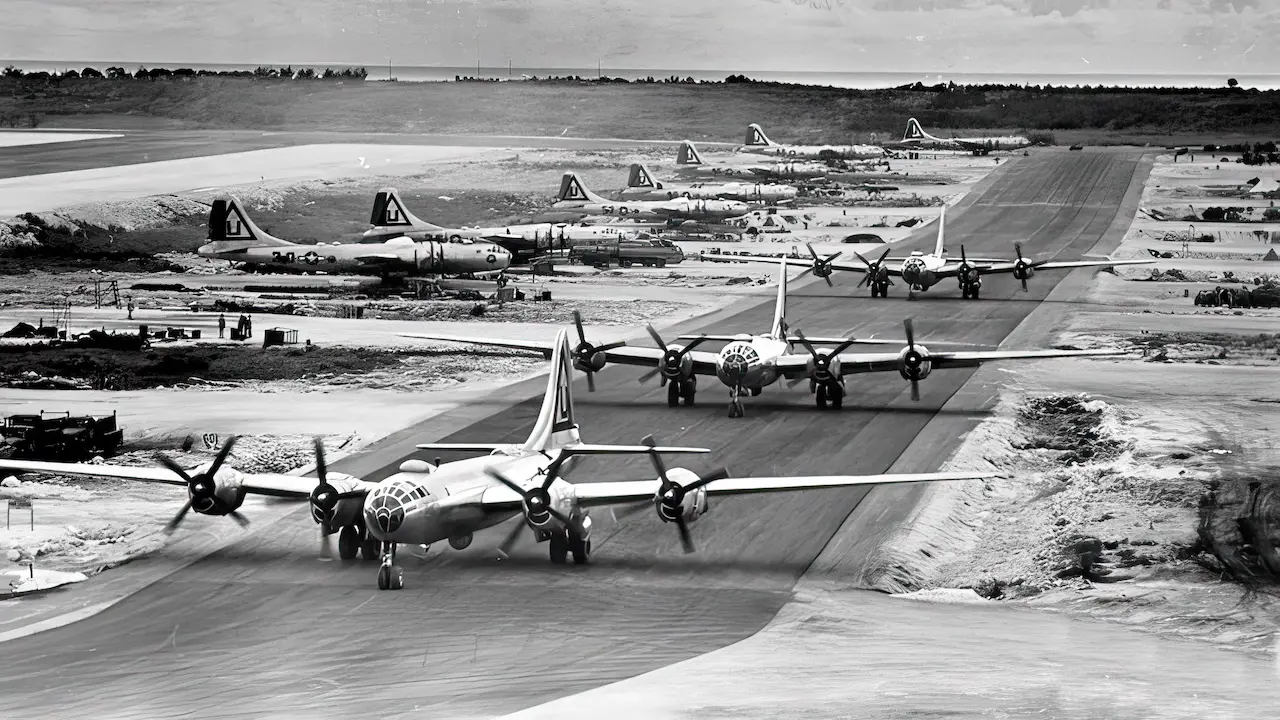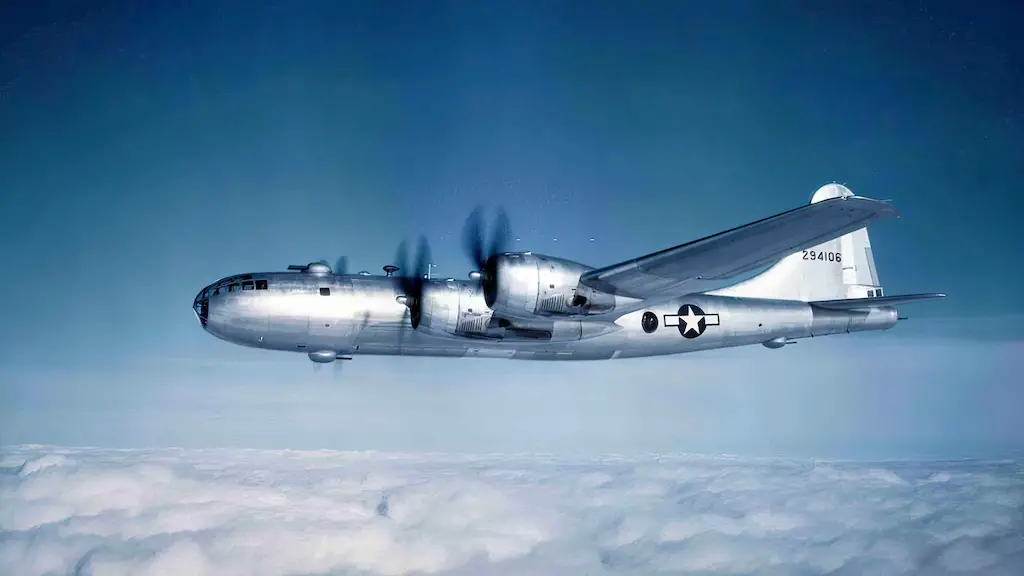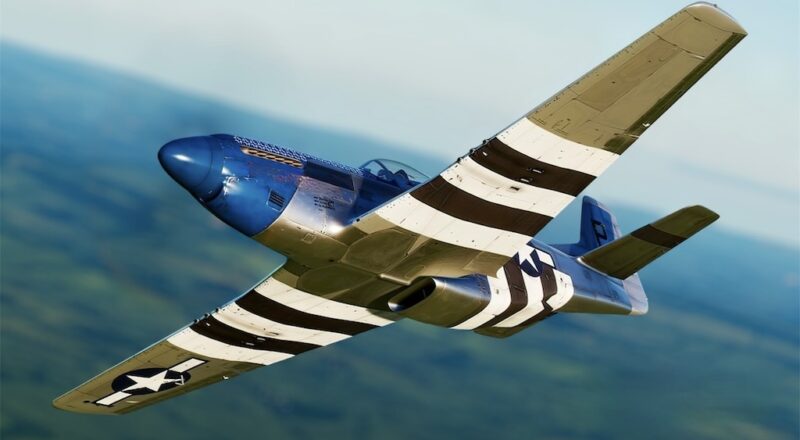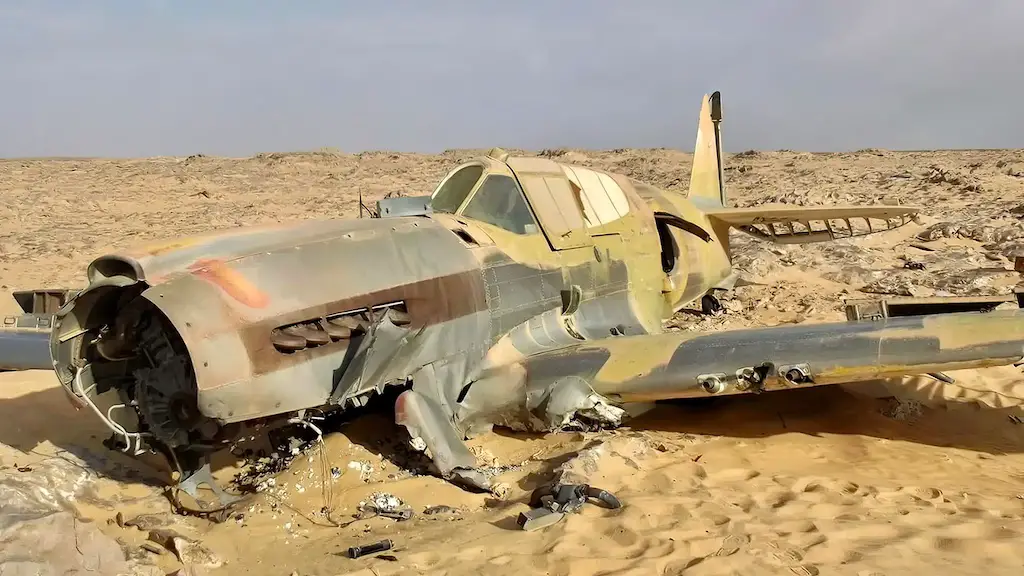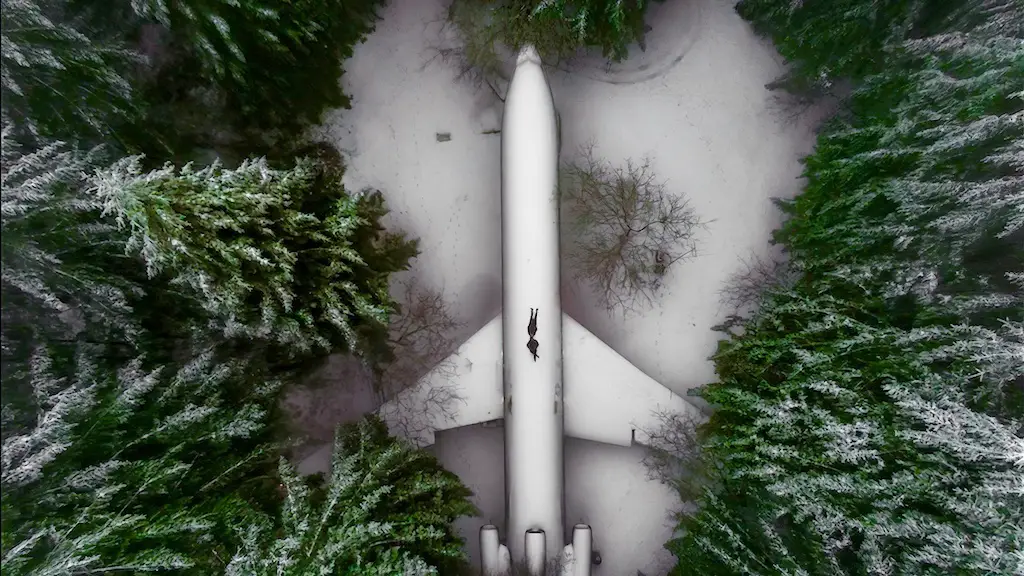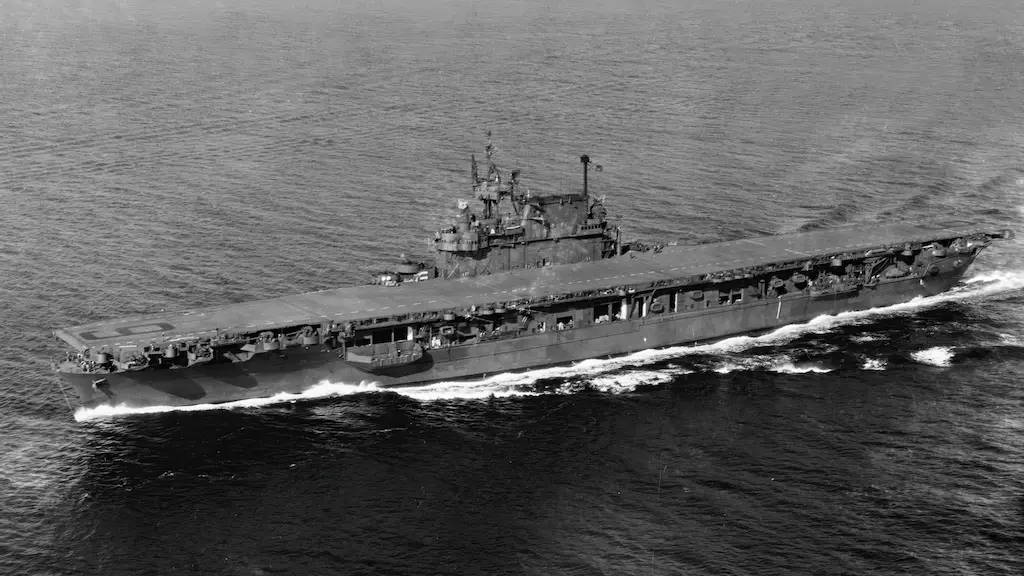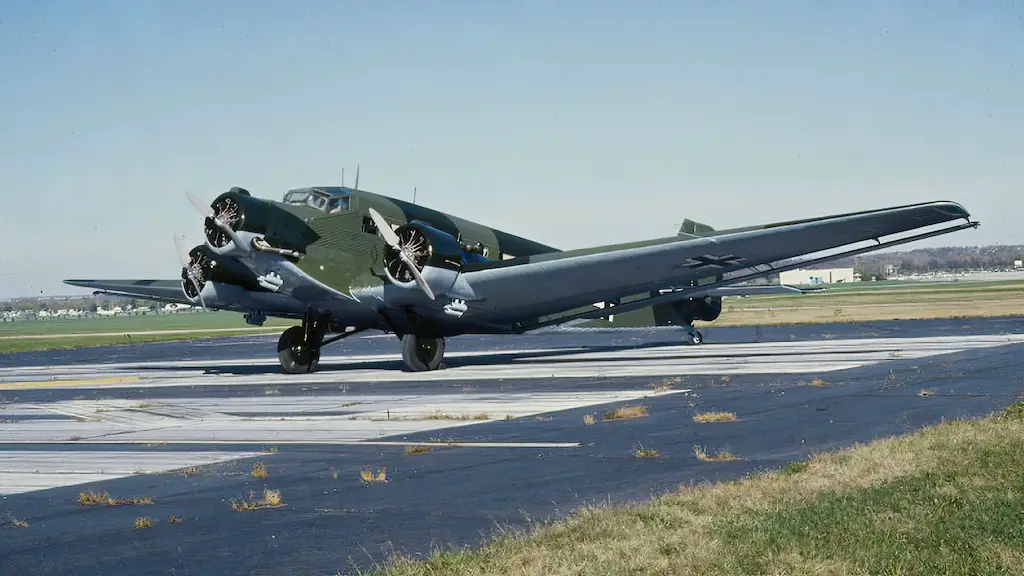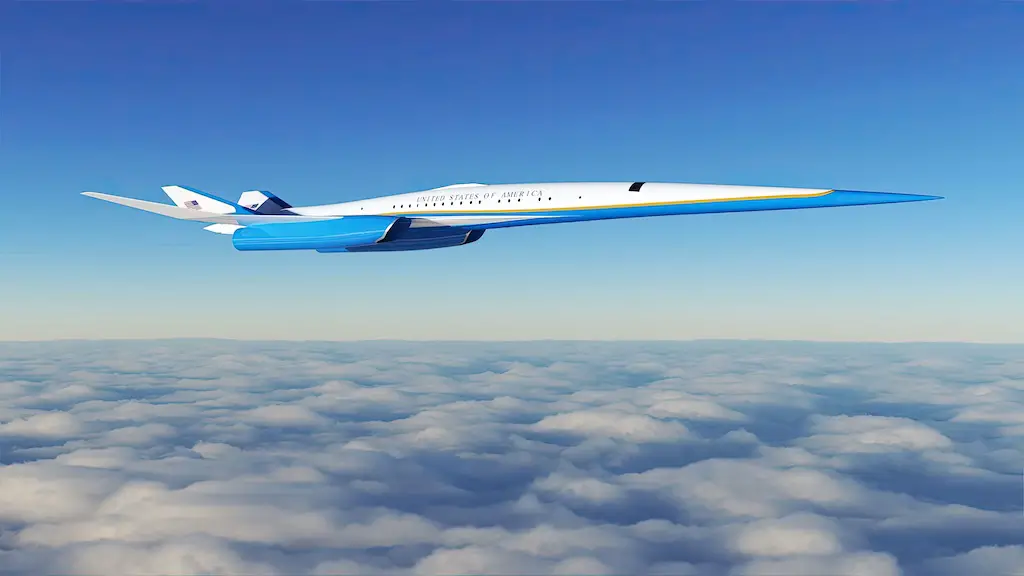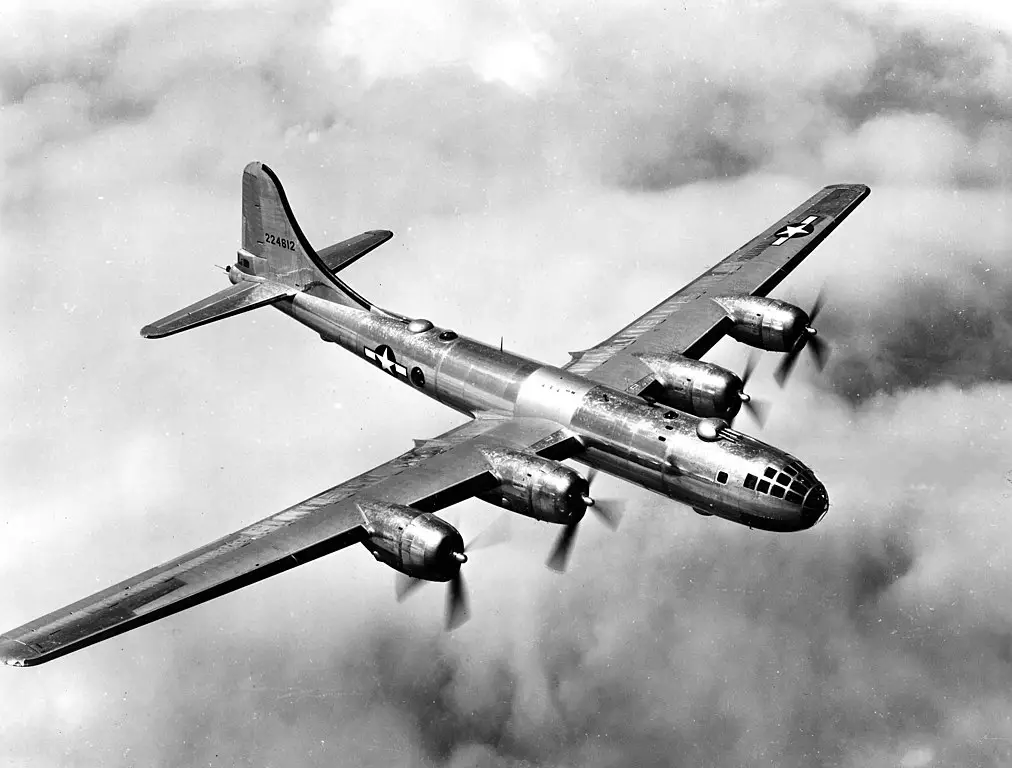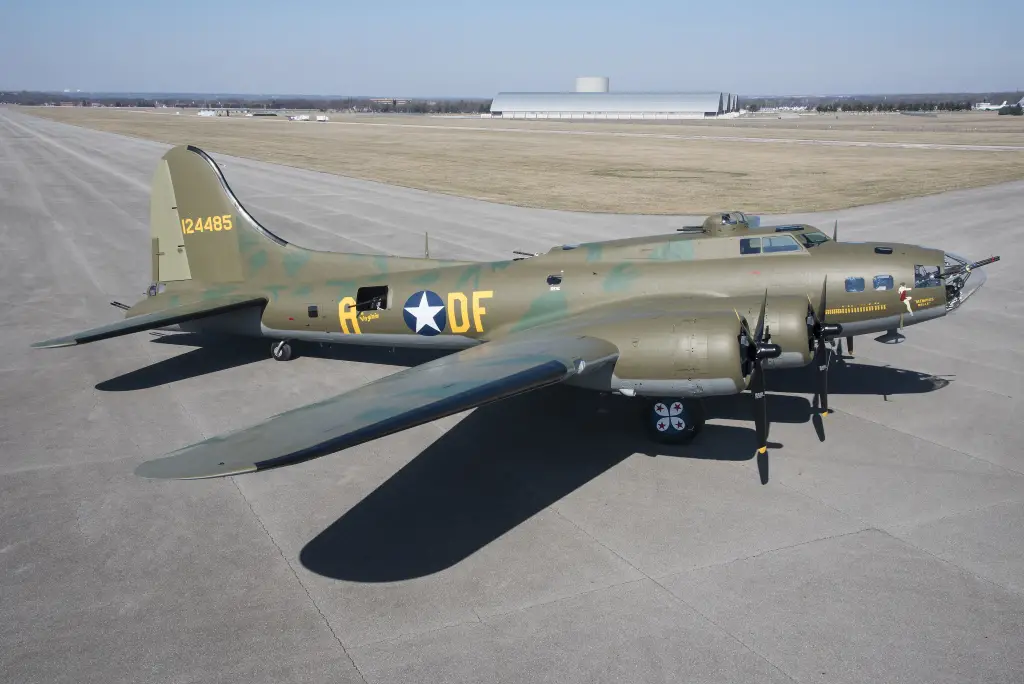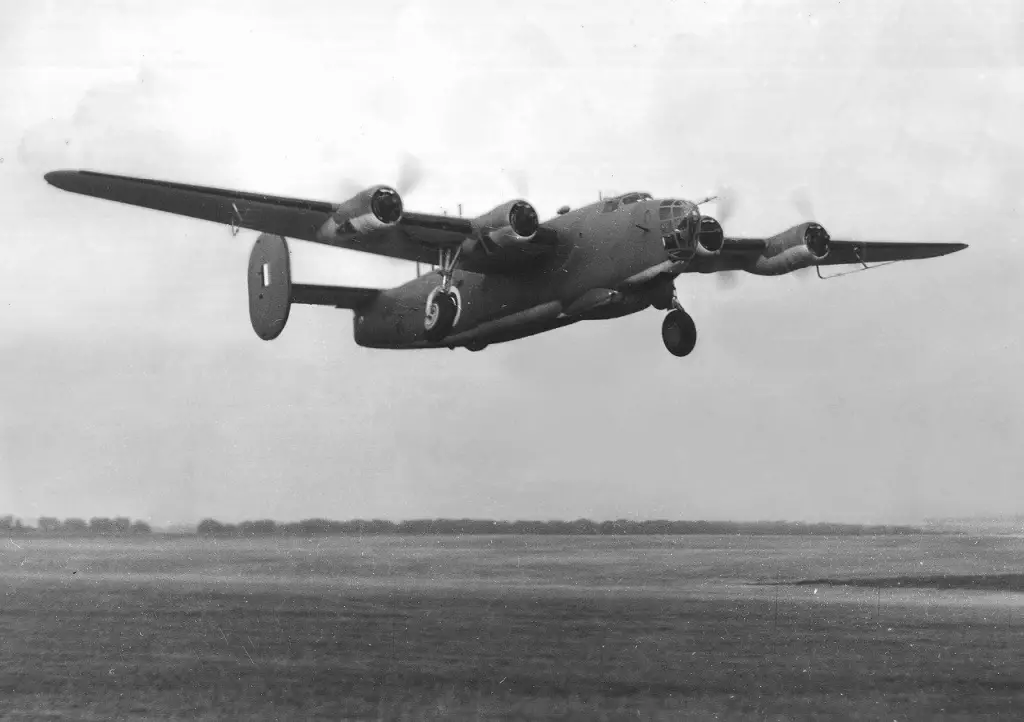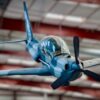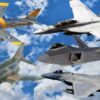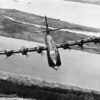The Dawn of a New Era in Warfare
American forces, inching ever closer to victory, were initiating a critical campaign against the Japanese empire. At the heart of this effort stood the B-29 Super Fortress, a technological marvel in the history of aerial warfare. This bomber, unparalleled in its advancements, symbolized a new peak in military aviation. Its ability to fly at high altitudes in relative comfort was a stark contrast to earlier models like the B-17 and B-24, which required cumbersome and uncomfortable protective gear for their crews. Despite these advancements, the B-29 was not without its challenges. Its crews faced formidable obstacles, including engine problems and the threat of skilled Japanese pilots.
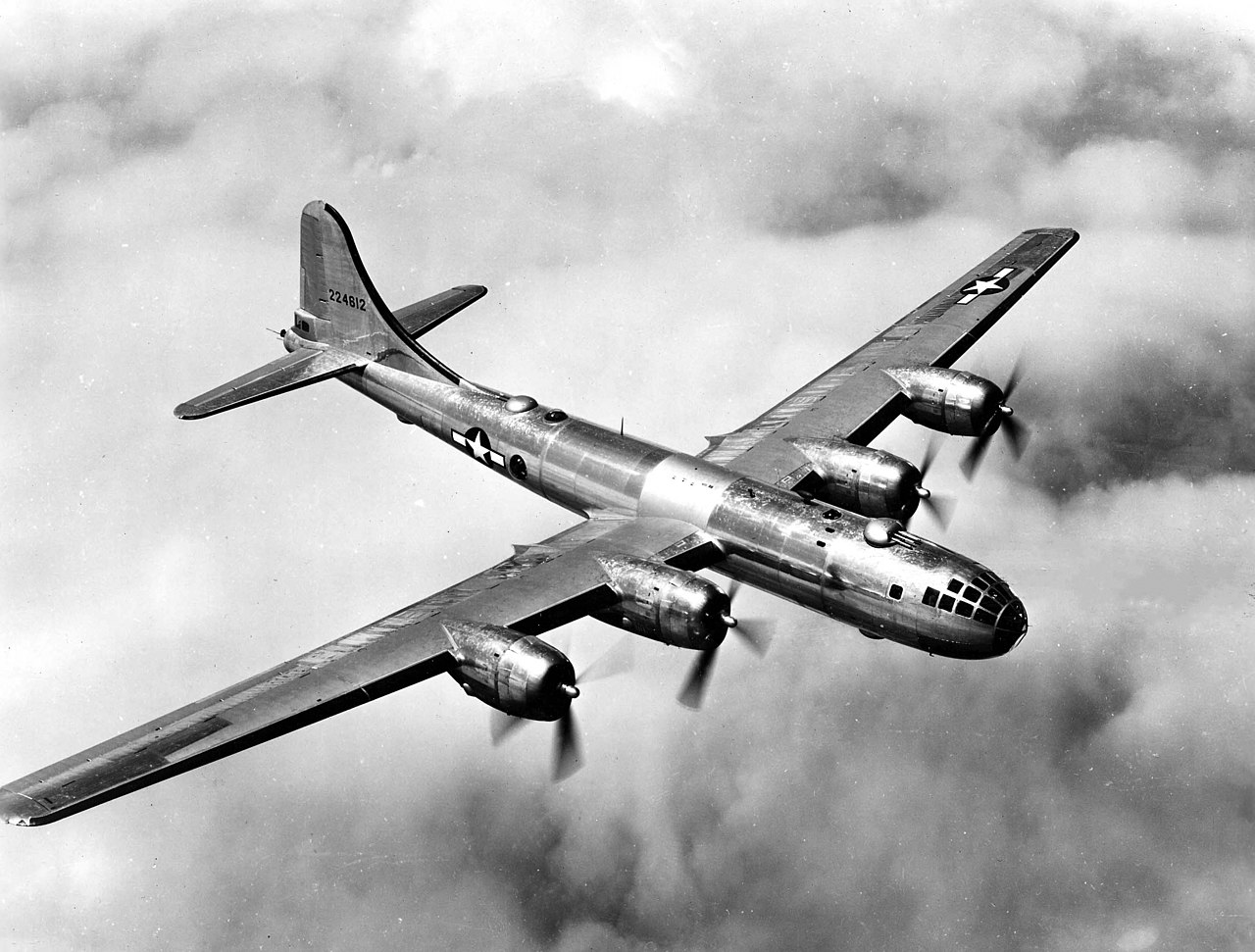
A Young Man Amidst Global Conflict
Enter Manny Greer, originally Manuel Greenberg, a Jewish American who felt a personal connection to the war against the Reich. His heritage played a significant role in his perspective on the conflict, yet destiny placed him in the Pacific Theater. In 1944, Manny joined the Air Force and was assigned to the B-29 program as a bombardier. His role was crucial: manning the bomb sight and releasing the bomber’s massive payload. His journey to the frontline took him to Saipan, ready for his first mission in the summer of 1945.
The nature of aerial warfare underwent a stark transformation during this phase of the conflict. The focus shifted from precision bombing of strategic targets to large-scale bombings of Japanese cities. This shift was part of a strategy to cripple Japan’s unique manufacturing capabilities, which were dispersed throughout residential areas. General Curtis Lemay’s decision to use low-altitude incendiary bombing raids was controversial, yet deemed necessary. These raids, often more devastating than the atomic bombs, aimed to destroy Japan’s industrial backbone. The B-29s, stripped of most defensive weapons to carry more bombs and fuel, flew at lower altitudes, making them vulnerable but more effective in their grim task.
A Moment of Mercy
On his first mission aboard the B-29 “Wimpy’s Blitz Burger,” Manny Greer faced a profound moral dilemma. As the Japanese city came into view, he noticed an absence of lights. Armed with detailed maps and a clear objective, he found himself empathizing with the unsuspecting civilians below. In a spontaneous act of mercy, Manny decided to release his bombs past the city, sparing the lives of many. This decision, made in the heat of the moment, reflected his inner conflict and humanity amidst the horrors of war.
Manny’s decision raises complex questions about duty, morality, and the human cost of war. While he fulfilled his role in subsequent missions, that first act of defiance underscored the personal toll of warfare on those tasked with executing it. Manny, a mere teenager at the time, had to navigate these waters alone, making a choice that would stay with him for the rest of his life.
The bombing campaign in Japan, particularly the firebombing of Tokyo, remains one of the most harrowing chapters of World War II. While historians may view it as a necessary step to avoid a prolonged ground invasion, the personal stories of those like Manny Greer remind us of war’s profound impact on individuals.
